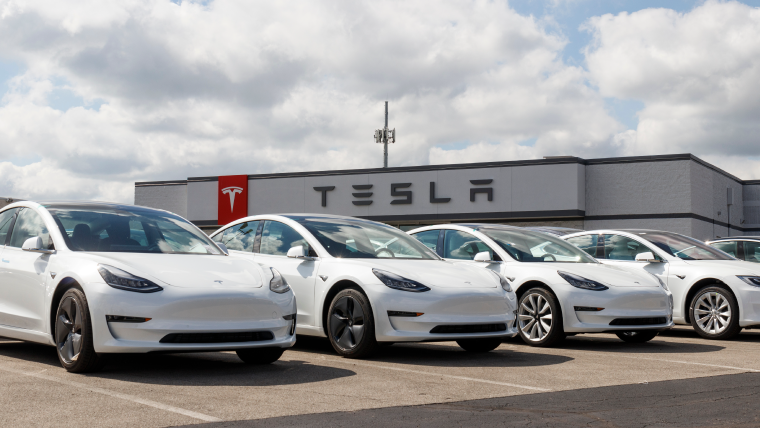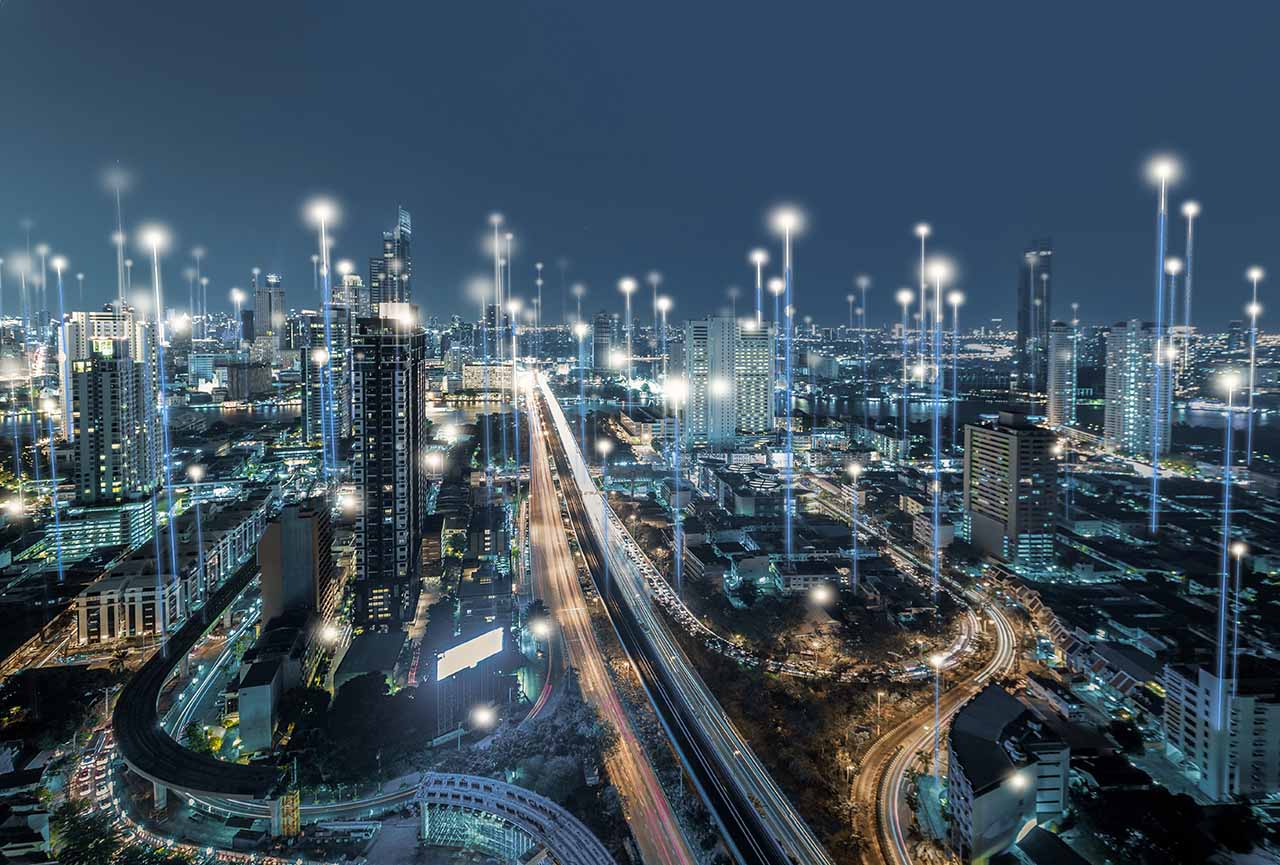What will the US automaker’s foray into India mean for existing automotive manufacturers, pricing strategies, and the Indian consumer?
By Sathyanarayana Kabirdas, Vice President – Mobility

Tesla’s potential entry into India—with reports suggesting that the US electric vehicle (EV) manufacturer plans to launch retail operations in the country by April this year—looks set to disrupt the Indian automotive market. While this move has been welcomed by both the Indian government and consumers, it has failed to elicit enthusiasm from either market incumbents or US President Donald Trump. President Trump termed the move “unfair”, linking his disapproval to the tariff imbalances between India and the US, saying it was “impossible to sell a car, practically, in, as an example, India.”
Meanwhile, speculation continues to swirl: How will Tesla’s presence impact the manufacturing strategies of domestic automakers? What challenges will Tesla face in building a strong retail presence in India? How will Indian consumers benefit from Tesla’s arrival? What will Tesla’s entry mean for EV pricing in the country? How will Tesla’s entry affect the government’s EV policies?
Tesla’s India Strategy
Tesla’s strategy for entering India includes a proposed manufacturing plant with an annual capacity of 500,000 vehicles at an investment of $2-3 billion. The company has also indicated its intent to launch an affordable model priced between ₹20-25 lakh to appeal to Indian consumers.
The company’s earlier attempts to enter India have been deterred by regulatory and tariff-related challenges. One big dampener has been the hefty duties of 70-100% imposed on completely built units (CBUs) imported into India which, invariably, would make Tesla’s vehicles significantly more expensive.
However, the Indian government’s new EV policy, announced in March 2024, could ease Tesla’s entry. Under this policy, automakers investing at least $500 million in local manufacturing can import 8,000 vehicles annually at a reduced 15% import duty. If approved, this policy could make Tesla’s cars more affordable. Against the backdrop of such developments, Tesla’s Berlin factory is initially expected to produce right-hand-drive Tesla Model Y units for the Indian market until such time as the company can establish local manufacturing facilities.
Strong Competitive Advantages, but Also Many Obstacles to Overcome
India’s EV market is poised for strong growth, with Frost & Sullivan projecting a CAGR of 34.5% over 2023-2030. A recent report from the India Energy Storage Alliance indicates that India’s cumulative EV sales crossed 4.1 million in FY 2023-24 and estimates the total number of operational EVs to exceed 28 million by 2030. This growth potential is a lure for Tesla which saw a sales drop in 2024, after more than a decade of growth. Last year, the automaker struggled with declining sales both domestically in the US, which is its largest market, and abroad, including in key European markets and China.
Tesla comes with a raft of competitive advantages. Among them, is its global brand recognition and its reputation as a tech-forward automaker. Its technological innovations, expertise in battery efficiency, and autonomous driving capabilities would appeal strongly to tech-savvy consumers. While its offering for the Indian market is expected to be more budget-friendly, its image as a premium EV automaker could allow it to capture a niche consumer base before competitors respond. Whenever the company successfully localizes production, its vehicles could become even more competitively priced, making them accessible to a wider audience over time.
Despite its competitive strengths, Tesla will face multiple challenges in India. Regulatory and tariff barriers could impact Tesla’s pricing strategy until local manufacturing becomes viable. India’s complex market regulations and compliance with local sourcing norms and foreign investment rules could pose bureaucratic hurdles. The lack of widespread EV charging infrastructure continues to remain a major roadblock to large-scale EV adoption in India. Additionally, Indian buyers prioritize affordability, which could make Tesla’s offerings less appealing unless the company introduces cost-effective variants.
Meanwhile, Tesla would find itself up against domestic automakers like Tata Motors and Mahindra which have already established themselves in the EV market, leveraging their understanding of local consumer preferences and cost structures. And, finally, Tesla’s primary focus on selling EVs could backfire unless it comes up with a clear accompanying roadmap on how it plans to manage aftersales.
Potential Impact of Tesla’s Entry on the Indian Market
Tesla’s arrival in India could lead to better pricing strategies and enhanced innovation across various vehicle segments as market participants strive to maintain market share.
A major impact is likely to be on the pricing of imported EVs. Tesla’s ability to leverage reduced import duties could prompt other luxury automakers to adjust their pricing models. From another perspective, the dynamics introduced by Tesla may prompt further policy adjustments from the Indian government aimed at encouraging EV adoption and supporting local manufacturers in competing effectively against foreign entrants.
Tesla’s presence could drive broader acceptance of EVs, prompting both domestic and foreign manufacturers active in the Indian automotive market to accelerate their transition toward electrification. Indeed, as consumers become more aware of EV benefits through Tesla’s marketing and presence, demand for EVs may surge, aligning with government targets for electrification by 2030.
The US automaker’s commitment to local production could stimulate growth in the domestic supply chain for EV components, fostering innovation and job creation. Its direct-to-consumer sales model could shake up India’s traditional dealership network. If successful, it could compel other automakers to rethink their distribution strategies.
Tesla’s entry signals more than just the arrival of another global car manufacturer into India’s already crowded automotive market. By introducing cutting-edge technology, intensifying competition, and influencing policy changes, Tesla could accelerate the country’s shift toward electric mobility. But whether the US automaker can successfully establish itself as a major player remains to be seen.
With inputs from Amrita Shetty, Senior Manager, Communications & Content – Mobility



